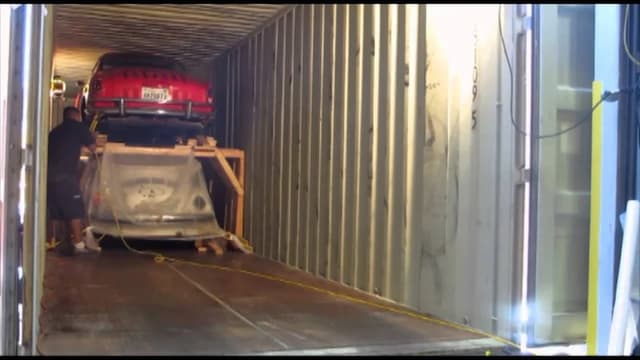Navigating Car Transport in Tucson, AZ
When it comes to shipping your car in Arizona, there's a world of factors to consider. Arizona, with its extreme desert climate, varying terrain, and unique transportation corridors, presents a distinct set of circumstances. But don't worry! Here at CitizenShipper, we are committed to helping you navigate through it all. Whether you're moving into or out of Tucson or need to transport your car for any reason, our expert team is here to help.
Arizona's Vehicle Transportation Laws & Regulations
In Arizona, car transportation laws and regulations are in place to ensure the safety and preservation of all vehicles and public roadways. Auto transporters must adhere to the Federal Motor Carrier Safety Administration (FMCSA) regulations for safety. Compliance involves ensuring that all vehicles are properly secured during transport and maintaining necessary documents for every shipped vehicle.
All auto transporters operating in Arizona must also possess an active MC Docket number, issued by the FMCSA. This number signifies that a transportation company is registered under the federal government, allowing them to legally operate across state lines. Additionally, Arizona requires transporters to carry adequate insurance coverage and may have specific requirements for oversized loads that need to traverse the state's highways.
Weather & Terrain Considerations in Tucson, AZ
Weather patterns in Tucson, AZ have a significant impact on car shipping. With a hot desert climate, anticipate extremely hot summers with temperatures regularly exceeding 100°F and mild, pleasant winters. The monsoon season (June-September) can bring sudden, intense thunderstorms and flash flooding, which may temporarily affect transportation routes and schedules.
Tucson's terrain features a valley surrounded by multiple mountain ranges, including the Santa Catalina Mountains to the north and the Tucson Mountains to the west. The city itself sits at an elevation of about 2,600 feet, with surrounding areas reaching much higher elevations. These geographical variations can present shipping challenges, especially when transporters need to navigate winding mountain roads or areas with steep gradients. It's beneficial to plan and account for possible weather-related delays, particularly during the summer heat when some carriers may adjust schedules to avoid the hottest parts of the day for safety reasons.








